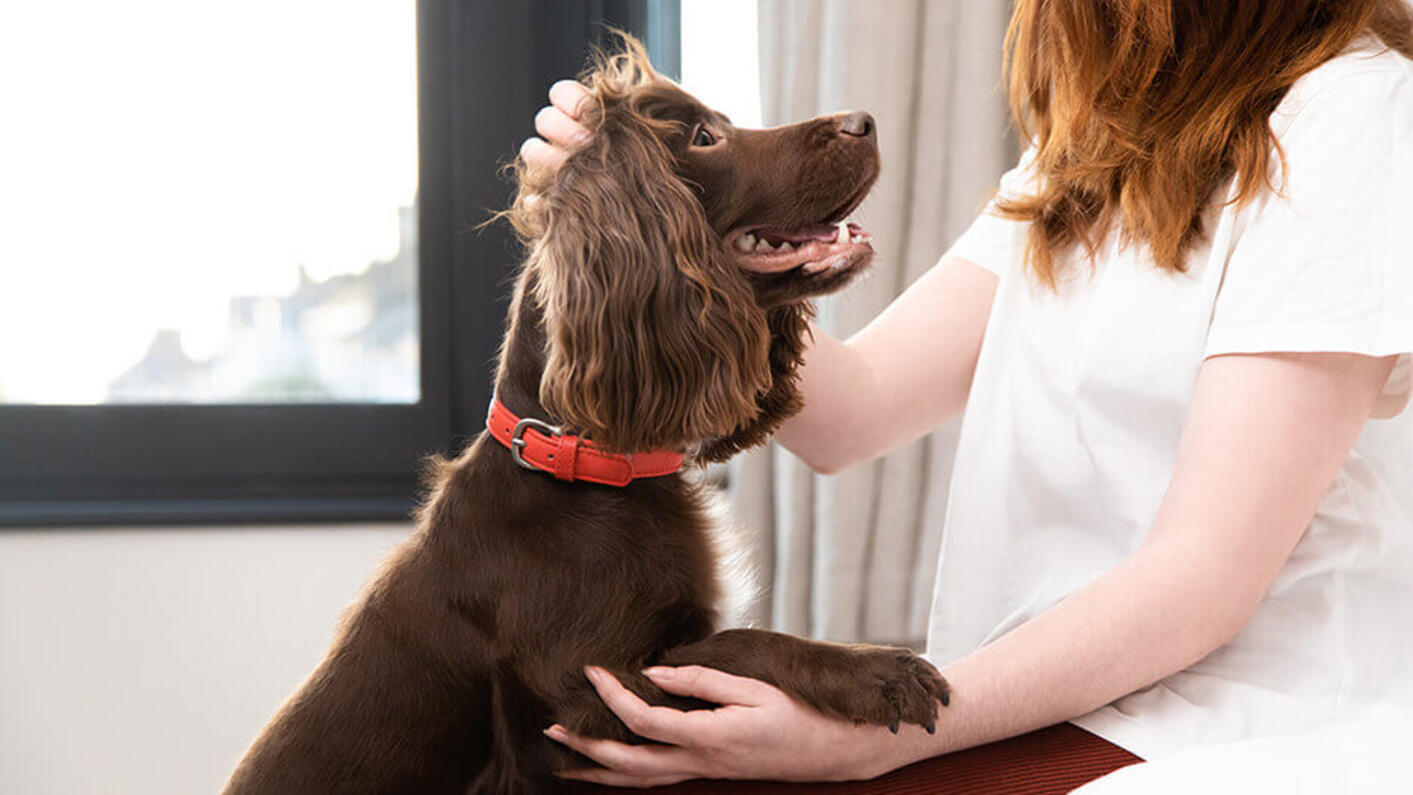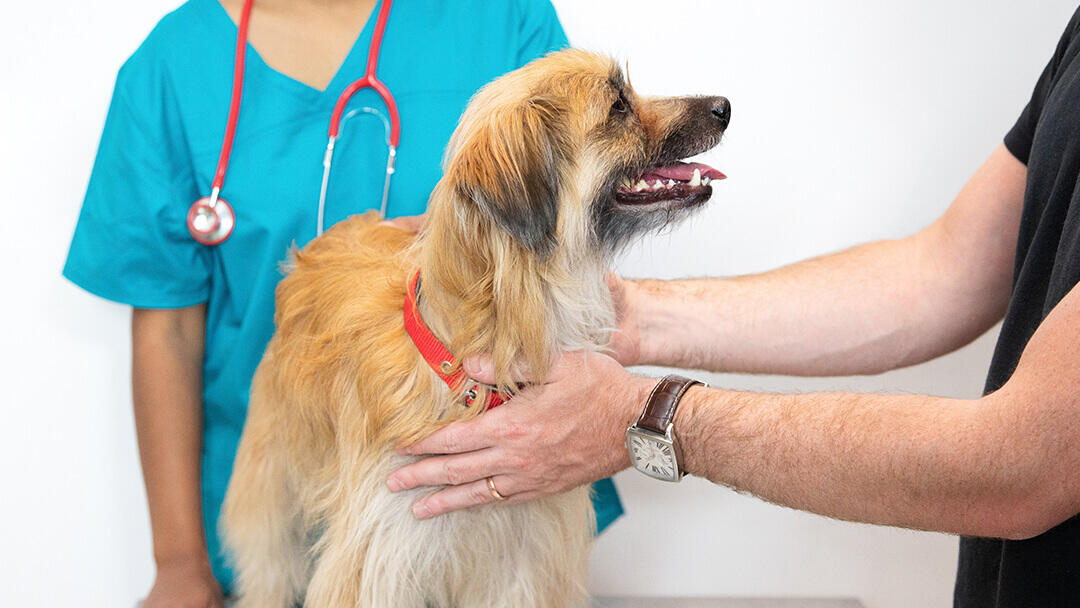
Dogs can suffer from strokes, but the symptoms differ to what we see in people. Find out the possible symptoms and the current treatment options available with this guide.
Dogs can suffer from strokes, but the symptoms differ to what we see in people. Find out the possible symptoms and the current treatment options available with this guide.
Can dogs have strokes?
Yes, dogs can have strokes, although they are thought to be a lot less common than in humans. While in people, symptoms include paralysis on one side of the body, and facial drooping, these symptoms are extremely rare in pets. In fact, many of the symptoms of stroke in dogs are relatively non-specific and can be indications of a variety of other medical conditions. This means that diagnosis can be challenging, and in many cases, we might never know the underlying cause.
Keep reading to find out about the possible dog stroke symptoms and treatment options available, so you know what to look for and when to seek help.
What is a stroke?
A stroke is the result of reduced blood flow to the brain which deprives the brain cells of sufficient oxygen, resulting in cell death or injury. Usually, a stroke will occur very suddenly, and the damage caused can range from mild to severe, which may depend on which part of the brain is affected. Some mild strokes can even go undetected.
Causes of strokes in dogs
To understand the different causes of strokes in dogs, it is helpful to learn about the two broad categories. Firstly, there are ischemic strokes which can be caused by blood clots, tumours, bacteria or parasites. In the event of an ischemic stroke, there is a blockage in a blood vessel, disrupting blood and oxygen supply to the brain. The other type of stroke is referred to as a haemorrhagic stroke, which is where blood vessels rupture and leak blood into the brain. This type can be caused by trauma, and some diseases or clotting disorders.
All dog breeds can suffer from a stroke, but there are certain breeds which are more predisposed to the underlying causes, including King Charles Cavalier Spaniels and Greyhounds.

Dog stroke symptoms
The signs of stroke in dogs can vary a lot depending on which part of the brain is affected, and can be as non-specific as loss of appetite, or vomiting. Other signs might include:
- Head tilting
- Generally 'strange' behaviour
- Losing the ability to walk or walking unusually
- Walking in circles
- Abnormal eye movements (may be dashing side to side or going round and round)
- Diziness
- Blindness
- Loss of consciousness or collapse
- Seizures
The above symptoms can come on very suddenly. Many owners who have had a dog which has experienced a stroke reported that they were fine one second and displaying symptoms the next. If your dog experiences any of the signs of stroke in dogs listed above, contact a vet for advice straight away.
Diagnosing dog strokes
The tests that your vet recommends will depend on which symptoms your dog is displaying. They might suggest bloods to check for any abnormalities or electrolyte imbalances. Investigations could also include examining heart function through ECG (electrocardiogram), chest X-rays or even ultrasound (echocardiogram). If brain imaging is necessary, this will usually require referral to a clinic with MRI and CT scanners. This is because a normal X-ray is unable to show enough level of brain detail to make a diagnosis. While your pet is anaesthetised for imaging, they might also have a sample of fluid taken from next to their spine as this helps to rule in or out other causes.

Dog stroke treatment
If your veterinarian’s tests suggest that your dog has suffered a stroke, they will advise what treatments are necessary. This will depend on the suspected underlying cause of the stroke. If the stroke is caused by a clot, blood thinners may be administered to help the blood keep flowing. Alternatively, if it was because of high blood pressure, then medication to treat hypertension may be prescribed. Treatments such as mannitol and hypertonic saline may be given to reduce the swelling in the brain.
Your vet will be able to suggest the best dog stroke treatment for them based on the cause of the stroke, the type they’ve suffered and your dog’s medical history. They will also give you information about longer term care following the stroke, and your pet is likely to need regular follow-up appointments while they recover.
Now you know that dogs can have strokes and the current treatment options available! Looking for more dog health advice? Read our guide on gastroenteritis in dogs, next!
















